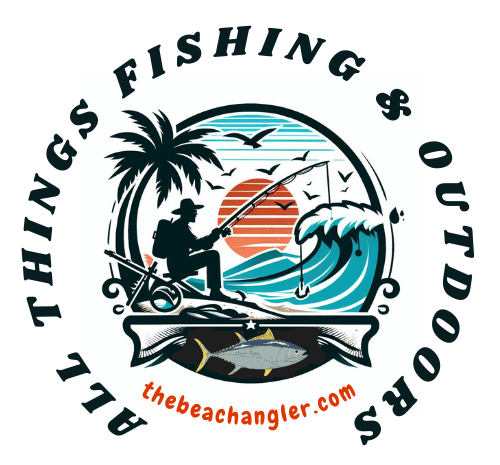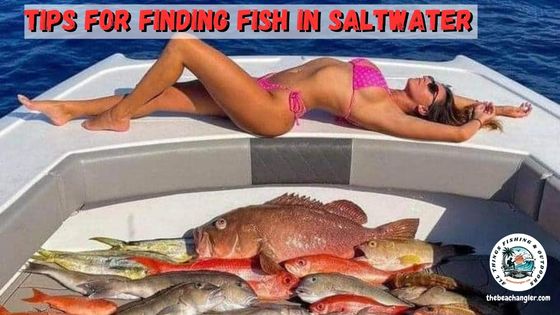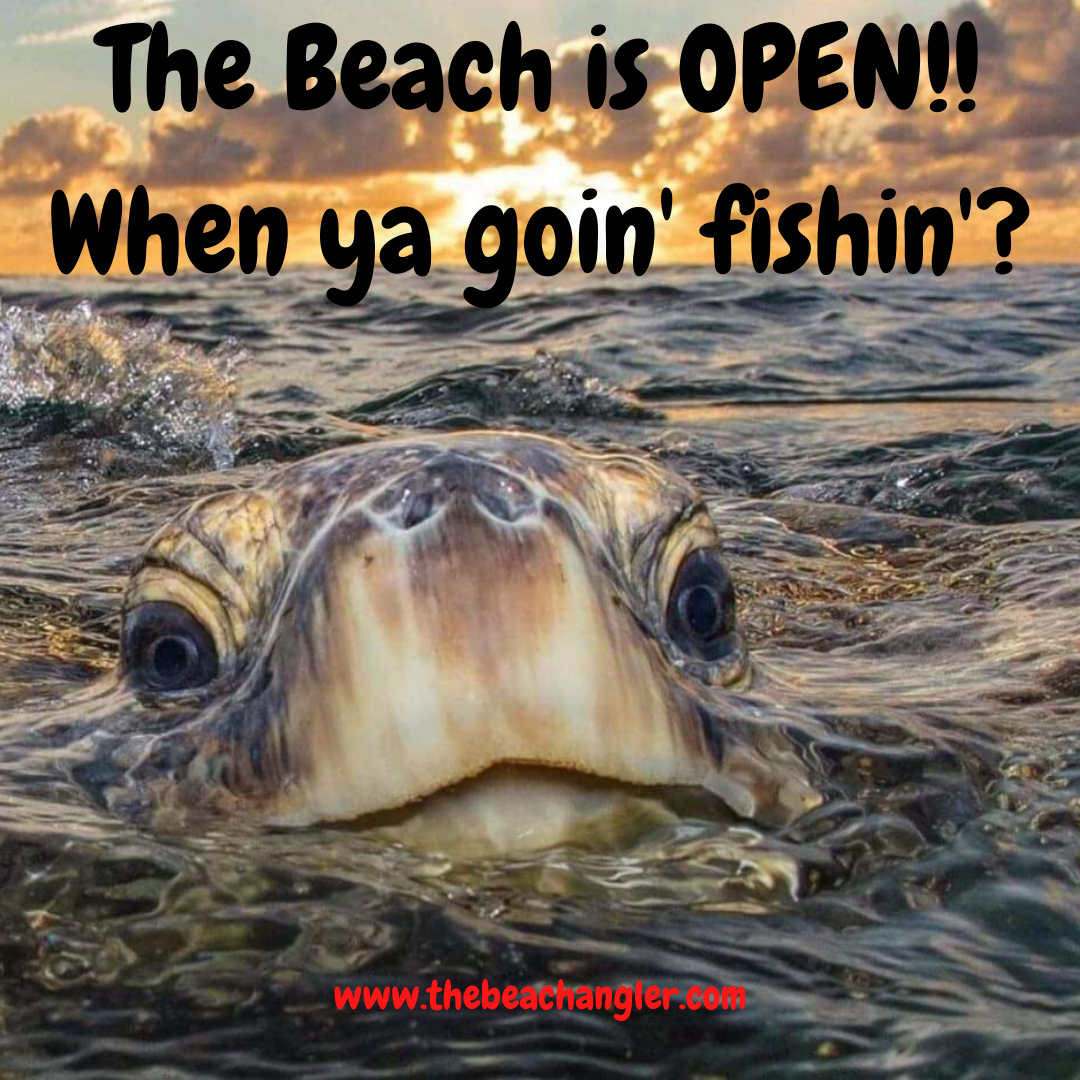Imagine yourself out on the open sea, the sun just beginning to rise, casting golden hues across the water. You’re scanning the horizon, eyes peeled for any sign of life below the surface. There’s a thrill in the chase, a sense of adventure that comes with the hunt for that perfect fishing spot.
QUICK LOOK
Finding fish in saltwater requires a basic understanding of saltwater fish behavior. Things like the waters your target species lives, the structures it prefers to hang around, its preferred food sources, migration patterns, and how the tides, currents, and weather can affect their movements and feeding patterns. Knowing where to look and what to look for can greatly increase your chances of success. Technology like GPS, Mobile Apps, and Electronic Fish Finders can help. The surest signs for finding fish in saltwater are baitfish activity and diving birds.
It’s exciting, but there’s also a challenge – figuring out where those fish are hiding in the vast saltwater expanse. Locating fish is the secret sauce to successful saltwater fishing. Whether you’re into casting, trolling, or jigging, it all starts with finding where the fish hang out.
Fish aren’t going to come to you; you’ve got to know where to look. That’s why understanding how to locate fish is crucial. It can mean the difference between a day of endless waiting and a day filled with fighting and catching fish.
So, what’s the trick to finding fish in saltwater? Well, this article is packed with the best ways to locate saltwater fish and saltwater fishing tips. By the end of this read, you’ll have a solid grasp on ‘finding fish in saltwater’. Ready to uncover the secrets of the sea? Let’s get started!
Understanding Saltwater Fish Behavior
Saltwater fish are fascinating creatures with habits that change based on their species, the season, and the environment around them. Knowing these patterns can turn you from a casual angler into a seasoned pro.
- Inshore, Nearshore, or Offshore – Different species of saltwater fish behave in their own unique ways. For instance, while redfish often hang out in shallow waters, tuna tend to stay in deeper areas. Knowing where your target species is most likely to hang out is your first step to a successful catch.
- Structure – Saltwater fish also love hiding spots or structure. Reefs, wrecks, and sandbars are prime real estate for many fish looking to dodge predators or ambush prey. These structures provide shelter and food, making them hotspots for both baitfish and bigger, predatory fish.
- Migration and Feeding Patterns – Movement and feeding patterns are another important piece of the puzzle. Fish are most active during dawn and dusk when they feed and move around more. Many species migrate at different times of the year for spawning.
- Tidal Movement – Tides can also play a significant role – as water flows in and out, it brings food with it, attracting fish to specific areas. Understanding these daily rhythms helps you predict when and where fish will be on the move.
Getting to know fish behavior might seem like a lot of work, but it’s what separates the pros from the rookies. Once you nail down these habits, the success of your fishing trips will likely soar.
Key Environmental Factors to Consider for Finding Fish in Saltwater
Tides and currents play a massive role in saltwater fishing. When the tide changes, it moves baitfish and the predators that follow them to new spots. As the water flows, it can pull in schools of fish, making certain areas much more populated. If you’re reading the tides right, you can position yourself in the best spots before the fish even arrive.
Currents are another biggie. Fish use currents to hunt because they bring nutrients and smaller fish with them. By understanding how currents work, you can figure out where fish are likely to be hunting and set up shop accordingly. This isn’t just for the experts either; even newcomers can learn to use currents to their advantage with a bit of practice.
Water temperature is more than just a number; it’s a fish magnet. Fish are cold-blooded, so their activity levels are strongly affected by the temperature of the water around them. Warmer waters can rev up their metabolism, making them more active and more likely to bite.
Conversely, cooler waters might see them moving slower and hanging out in deeper spots. Tools like fish finders or even smartphone apps can help you keep track of water temps, so you’re not chasing fish in the wrong places.
Weather conditions are another thing to keep an eye on. Wind direction and speed can shift where fish are hiding. A strong wind can push baitfish closer to shore, bringing larger fish with them. Changes in barometric pressure can also signal shifts in fish behavior.
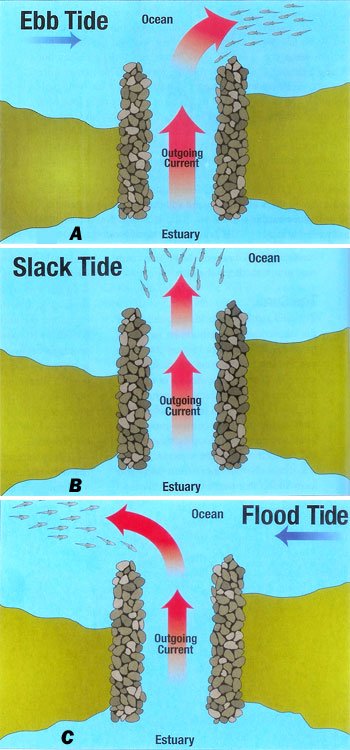
A falling barometer might get fish feeding like there’s no tomorrow, while a rising one can make them sluggish. By taking all these factors into account, you’ll be able to make better decisions about where to fish and when. Stack the deck in your favor by being aware of the environment, and you’ll be on your way to finding fish in saltwater.
Using Structure for Finding Fish in Saltwater
Fish love hanging out around structures, both natural and man-made. These spots offer shelter, food, and hunting grounds – basically, they’re fish magnets. Knowing where to find these structures can seriously up your fishing game.
Natural Structures for Fish in Saltwater
Natural structures like reefs and rock formations are fish hotspots. Reefs provide hiding and feeding areas for small fish, which in turn attract bigger predators. Similarly, rock formations create nooks and crannies where fish can shelter from currents and ambush prey.
When you find a reef or a rocky area, you’ve likely found a great fishing spot. Sandbars and drop-offs also attract fish. The change in depth can create a natural gathering point for various species. Predators love these spots because they can easily hide and quickly dart out to snatch unsuspecting prey. Fishing along the edge of a drop-off or around a sandbar can be incredibly rewarding.
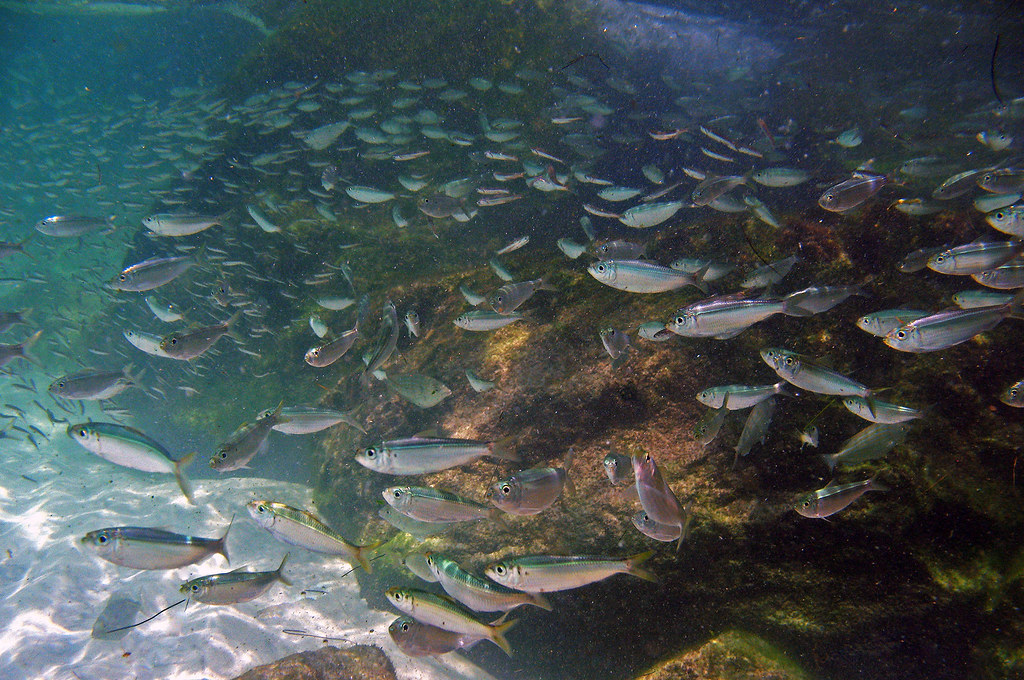
Man-Made Structures That Attract Fish in Saltwater
Man-made structures like wrecks and artificial reefs are another solid bet. Sunken ships and man-made reefs create complex environments where fish feel safe. These sites often become thriving ecosystems with a variety of fish species. Plus, they’re easier to locate with GPS or local fishing maps, making them a go-to option for many anglers.
Bridges and piers are like fish highways. They attract baitfish, which in turn lure larger species. The pillars and supports of these structures break up currents and create shelter, making them prime fishing spots. Anglers often have great success casting near these areas, especially during tide changes.
By honing in on these various structures, you’ll vastly improve your odds of finding fish. Remember, fish are looking for food and safety, and these natural and man-made features offer both. Position yourself near these structures, and you’ll be in the right place at the right time.
How to Read Water for Signs of Fish in Saltwater
Surface activity is a dead giveaway for fish presence. Keep an eye out for splashing baitfish or fish breaking the surface. Birds diving into the water? That’s an even better indicator. Pelicans, gulls, and other seabirds often target schooling baitfish, so where there are birds, there’s likely baitfish—and where there’s baitfish, there are bigger fish.
Bird activity is more than just a pretty sight. Seabirds are your winged fish finders. When you spot birds circling and diving, it’s usually because they’ve zeroed in on a school of baitfish. Following their lead can put you right on the fish in no time.
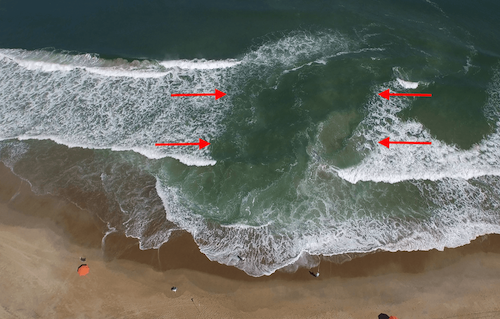
Water color and clarity can tell you a lot about where fish are hanging out. In clear water, fish might be deeper to stay out of sight. Conversely, murky water can provide cover, making fish more comfortable coming closer to the surface.
Look for current lines or rips, too. These are areas where water color changes sharply, indicating different water masses meeting. These zones often have a lot of baitfish and, subsequently, predators.
By learning to read the signs on the water’s surface, you’ll know where to cast your line. Understanding these subtle hints can make all the difference between going home empty-handed or with a cooler full of fish. Trust your eyes and instincts, and you’ll become a pro at spotting these signs.
Using Technology for Finding Fish in Saltwater
Fish finders and sonar have changed the game for anglers. These devices give you detailed images of what’s beneath your boat, showing underwater structures, depth, and, of course, fish. By learning to read your fish finder, you can spot schools of fish and the structures they’re hiding around. It’s like having X-ray vision for the water.
Reading a fish finder isn’t rocket science. Look for arch-shaped markings, usually indicating fish. Horizontal lines can show the bottom or structure. Once you’ve got the hang of interpreting these signals, you’ll have a clear picture of where to focus your efforts.
GPS and chart plotters are another must-have. Not only can you mark your favorite fishing spots, but you can also explore new areas with confidence. By keeping track of where you’ve had past successes, you can build a reliable map of hotspots. Plus, you can use GPS to follow migration patterns of larger fish like tuna or marlin, ensuring you’re in the right place at the right time.
Fishing apps are like having a fishing guide in your pocket. These mobile apps provide real-time info on water temperature, tide changes, and even recent fish movements. Some apps are so advanced they can show you the best times and spots to fish based on current conditions.
Combining these digital tools with your own experience creates a powerful fishing strategy. Embracing technology doesn’t detract from the traditional fishing experience; it enhances it. Using these gadgets wisely can make your trips more successful and enjoyable. Because, at the end of the day, it’s about finding and catching fish.
Pay Attention to Bait and Birds
Baitfish are the heartbeat of the marine food chain. Larger predator fish follow these schools, so if you locate baitfish, you’re halfway to finding the big catch. They’re like nature’s own fish attractors, constantly moving and being pursued.
Identifying baitfish schools can be easier than you think. Often, you’ll spot them flickering near the surface or see birds diving in for a meal. Different types of baitfish can indicate the presence of different predators. For example, seeing mullet might point to tarpon or snook in the area, while sardines could mean tuna or mackerel are nearby.
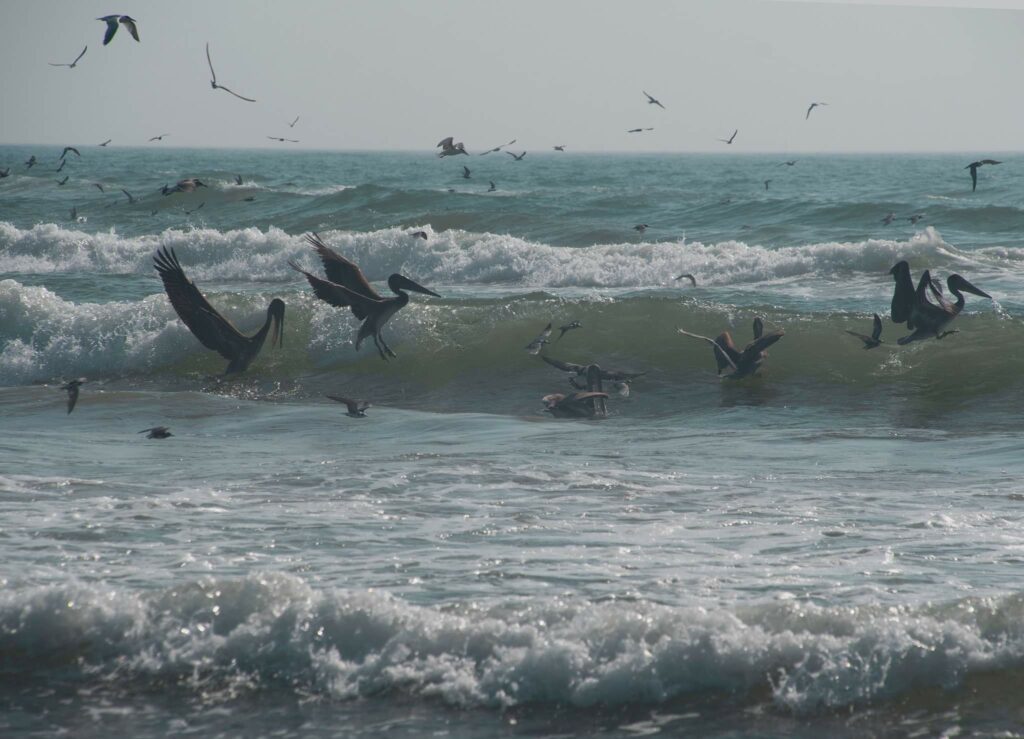
Any signs of a feeding frenzy are golden. If you see sudden surface splashes, hear a commotion, or notice an unusual amount of bird activity, chances are a predator fish is making a meal out of a school of baitfish underneath. These clues are like neon signs saying, “Fish here!”
Paying attention to baitfish can give you a serious edge. Instead of aimlessly casting your line, you’re working smarter, not harder. Baitfish movement often means predator movement, so tracking them can lead you to finding fish in saltwater. Keep your eyes open and your gear ready, because when you find baitfish, you’re on the path to success and finding fish in saltwater.
As always, stay safe, enjoy the journey and please try to leave it cleaner than you found it. If you have any comments, questions, ideas, or suggestions please leave them in the comment section below and I’ll get back to you ASAP. You can follow us on Facebook: Rex The Beach Angler, Instagram: thebeachangler7, Twitter: @AnglerBeach, and YouTube: Man Art Creations.
Check Out Our Latest Tips and Tactics:
- 6 Tips for Choosing The Right Waders For Saltwater Fishing
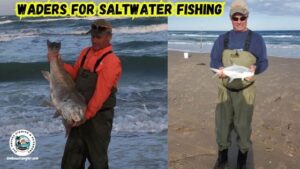
- Essential Baits And Lures For Inshore Saltwater Fishing
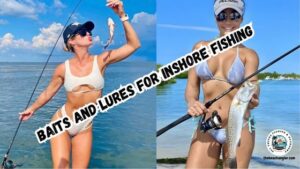
- Catch And Release Fishing For Goliath Grouper
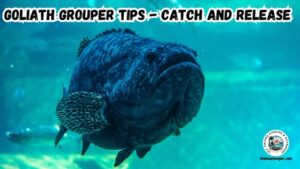
- 7 Basics of an Inshore Saltwater Fishing Setup For Beginners
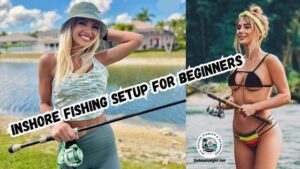
- 5 of the Best Inshore Rod And Reel Combos For Beginners
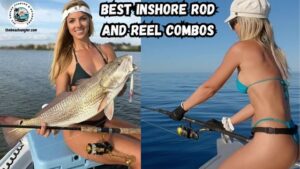
- Beginner’s Guide To Inshore Saltwater Fishing Gear
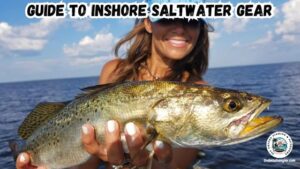
P.S. – Thanks so much for checking out our blog we really appreciate it. Just so you know, we may receive a commission if you click on some of the links that appear on our site. This helps us keep our content free and up-to-date for everyone. We appreciate your support!
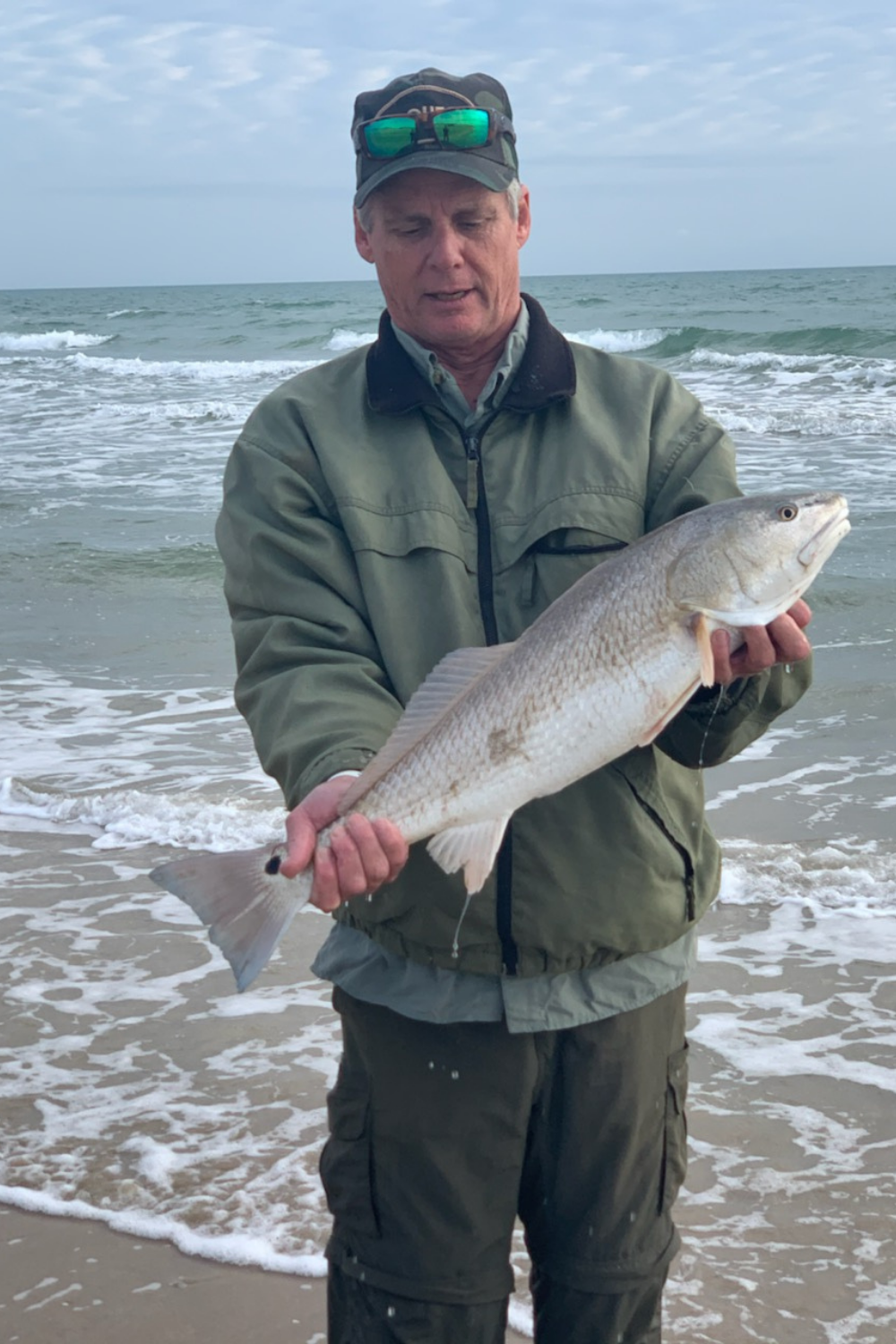
A life long surf fisherman with 50+ years of experience, I am also an avid hunter and outdoorsman. I will be sharing my passion for the outdoors with you so be prepared for hunting, fishing, camping, hiking and more. Along with gear reviews and the latest trends and innovations in the outdoor industry.
